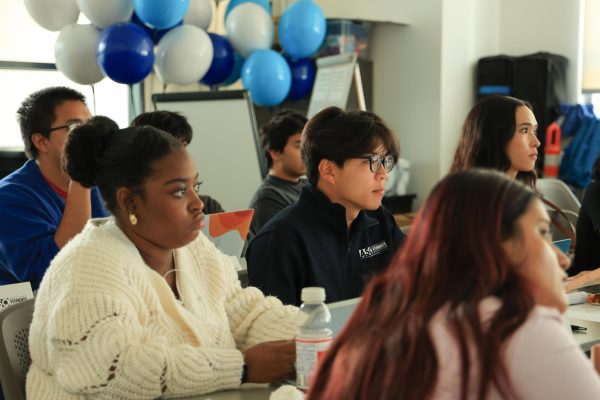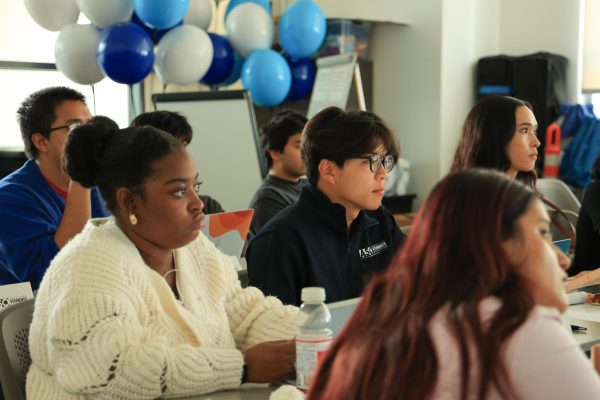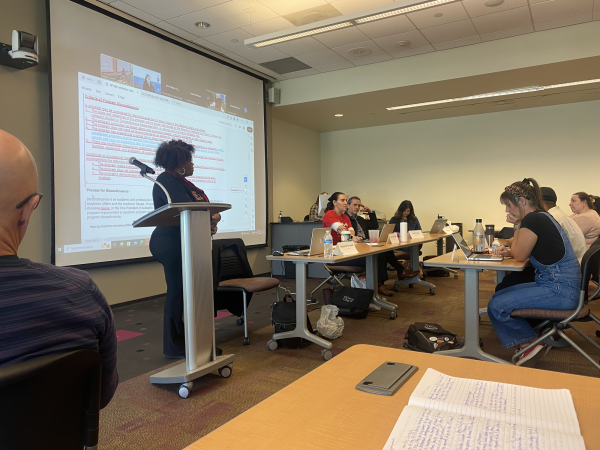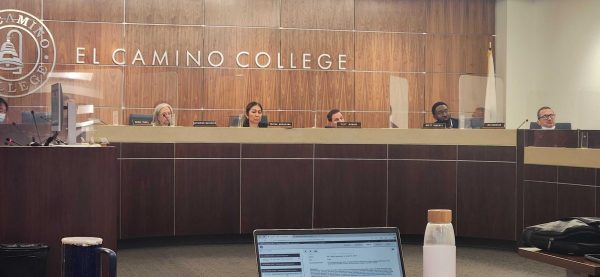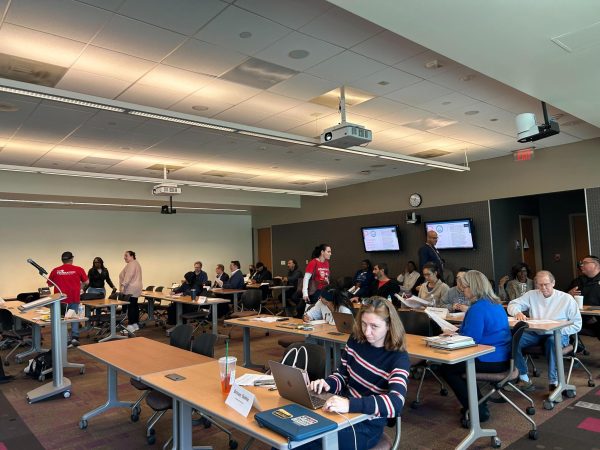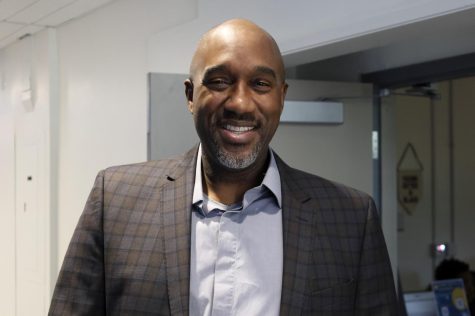‘It Can Wait’ campaign shows the dangers of texting and driving
The seat is rumbling and the virtual reality goggles are on, showing a person driving a car while using their phone.
AT&T representatives brought a virtual reality simulator to campus yesterday afternoon to show EC students the dangers of texting and driving.
“It takes one second and your whole life can change forever,” CJ Johnson, AT&T representative said.
The “It Can Wait” campaign started back in 2010 with the goal of saving lives and preventing car accidents related to cell phone use.
“Now in 2016 it’s more about using your smartphone and we’re seeing people across the country give up their life for an ‘LOL’ or Snapchat,” Johnson said.
Representatives were also on campus getting students to take the pledge to not use their phones while driving. The “It Can Wait” pledge has over 8 million pledges from people saying they will not use their phones while driving.
AT&T representatives travel the country educating people about the dangers.
“You pick a state and we’ve been there,” Johnson said. “We target high schools, colleges, businesses. It’s an issue that effects all ages.”
According to the “It Can Wait” campaign, 4 in 10 drivers use social media while driving and nearly half of drivers have used their phones while driving.
Students who participated in the virtual reality simulator saw it as an eye-opening experience.
“You realized how often people text,” Kaila Fontenot, 21, anthropology said. “I already don’t use my phone while driving.”
“I’ve always been taught to never text and drive and be distracted, it (the simulator) showed me how easy it was to get distracted while driving,” Milton Roa, 19, engineering major said.
Since 2009, using a cellphone while driving has been illegal in California. According to the California Office of Traffic Safety, 80 percent of vehicle collisions involve a driver being distracted. Texting while driving takes your eyes off the road for five seconds while it takes two seconds for a person to react before crashing.
April is national distracted driving month. For more information on the “It Can Wait” campaign, go to Itcanwait.com.




